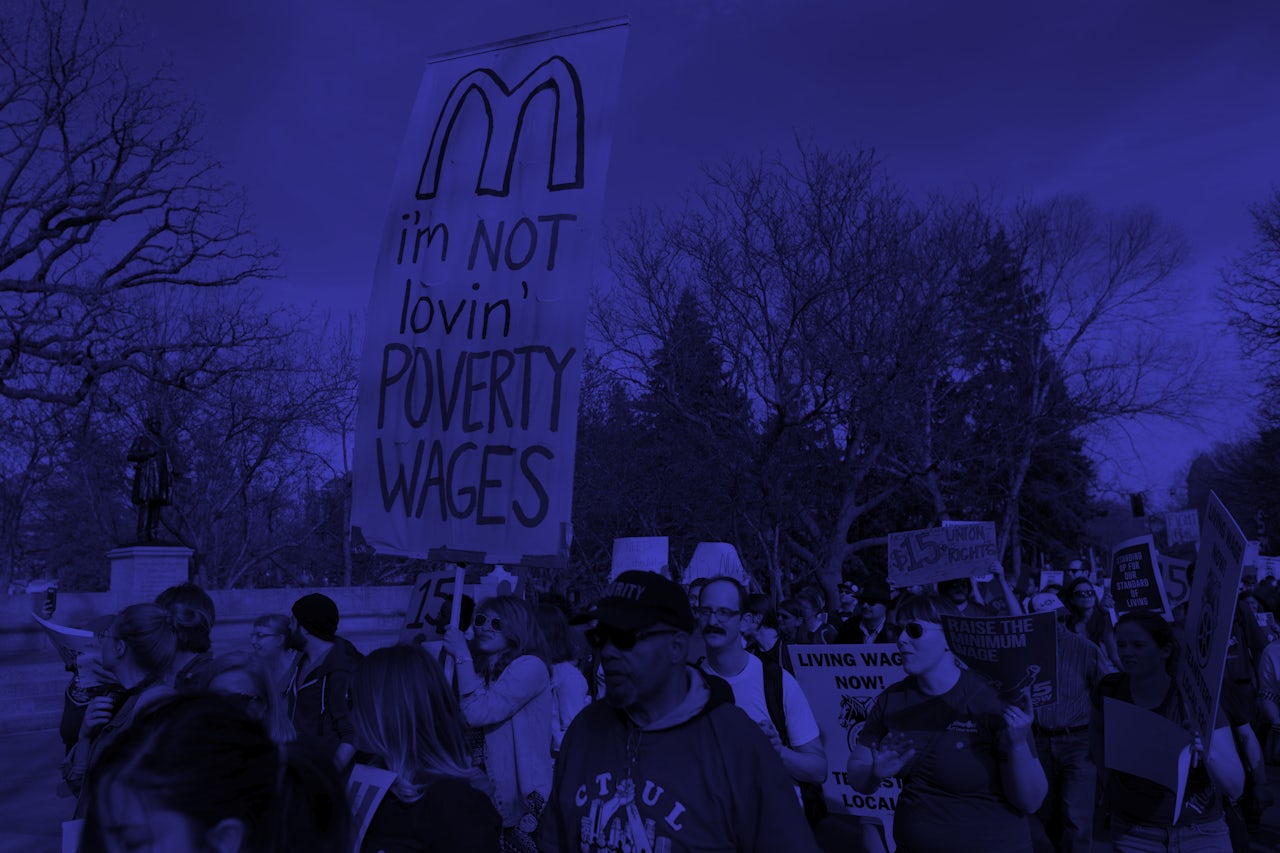This year, a series of widespread changes are coming to the minimum wages of 21 states (plus DC), some significant enough to produce real changes in the lives of each state’s lowest paid workers. All in all, an estimated 4.4 million workers are going to get a raise very soon. Most states’ changes are effective in January, while Oregon’s increase will take effect on July 1.
The increases, which range from bumps of 5 cents an hour to $1.95 an hour, are certainly a good thing for the millions of Americans who work at minimum-wage-paying jobs, but even the steepest increases keep these incomes well below the currently accepted “liveable” wage of around $15 an hour.
A November 2015 report by the National Employment Law Project found that 42.4 percent of American workers make less than $15 an hour, so raising the federal minimum wage to that level would be very productive. The highest minimum wage in the nation is $11.50 an hour in Washington, DC, and it is still far short of liveable.
In the meantime, the states are compensating for the federal government’s failure to raise the minimum wage at all. The federal minimum wage has been $7.25 since 2010; President Barack Obama tried and failed in 2014 to raise it just to $10.10.
States have the right to establish their own minimum wage (they can be set locally, as well), but by law, if their own minimum wage is below the federal one, the higher rate applies. Though a dozen states, including Pennsylvania, Texas, Virginia, and Kentucky have minimum wages the same as the federal level, most states are at least a little higher. But even in California and Massachusetts, where the minimum wage is the highest in the nation at $10 an hour, full-time workers often struggle in poverty, especially if they have kids. The prevailing wisdom about minimum wage workers — that they’re young, childless people — no longer applies: Their average age is 35, and more than a quarter have children.
The largest increase is going to be seen in Arizona, where the minimum wage will rise from $8.05 to $10.00 an hour. Over the course of a year, assuming full-time hours, this will mean an increase of more than $4,000 a year per employee before taxes. Other states making significant bumps include Washington (+$1.53 an hour); Maine (+$1.50 an hour); and New York, which is raising its wage by $1.25 for New York City and 70 cents in the rest of the state.
For many states, this is the first in a series of annual increases that will bring minimums closer to $15. For instance, the increase in New York is the first of yearly increases that seek to bring the minimum wage for New York City up to $15 an hour by the year 2018 and later for the rest of the state. Other states such as California, Oregon, and Washington are also adopting scheduled increases to bring wages up over a period of years. And it’s sorely needed considering many states’ minimum wage rates are currently insufficient to live on.
Every year the federal government establishes a Federal Poverty Level that guides who is eligible for certain types of assistance, including Medicaid and the Children’s Health Insurance Program (CHIP). For 2016, that number is $11,880 in income for individuals, just over $16,000 for a family of two, and just over $20,000 for a family of three.
The minimum wage rates being so low hits women harder than it does men. About two-thirds of minimum wage workers in the United States are women, even though they make up only 49 percent of the total workforce. Millions of them are single mothers. And nearly a quarter of single women aged 18 to 64 live below the federal poverty level. This means that many states’ current minimum wages — and even proposed increases — are at, near, or even below this federally set baseline for poverty. And the federal number is excruciatingly low to begin with. None will put a minimum wage earner working 40 hours a week at, above, or even near $30,000 a year.
In fact, bringing wages up to that $15 an hour — the calculated “liveable” wage, which politicians like Bernie Sanders loudly advocated for — would constitute a full-time yearly income of $31,200 a year. And many experts point out that this is hardly enough to live on in most places, and especially in the largest cities. It’s not enough to pull our nearly one in three “working poor” out of poverty.
